Shanco has been replacing soffit and fascia for twenty year.. As a trusted local roofing expert, DC, Maryland, and Virginia homeowners have made Shanco a top-rated roofing company. Homeowners have learned to trust our expertise in all things roof-related. Contact us today to set up an appointment for a complimentary 17-point inspection.
Fascia and Soffit Contractors
While homeowners may think that soffit and fascia aren’t part of your roofing system, soffit and fascia are integral components of keeping your roof and attic dry and mold and rot-free. Getting a soffit and fascia replacement is critical if there was an installation issue or the fascia and soffit have worn out. A prolonged problem could lead to premature roof replacement or worse.
Homeowners should know the location of the soffit and fascia and the functions it performs. They also need the information of what problems to look for when it comes to soffit and fascia repair and how it can impact their roof system.
Where is the Soffit and Fascia on a House and What Does It Do?
The location of the soffit is under the eaves of your home. They can be vented or unvented. If your home does not have eaves, then there will not be any soffit.
At the minimum, the soffit protects against mold, mildew, and rot in your attic, and specifically, your rafters. Severe damage to your rafters is a costly repair. Soffit acts as a line of defense to prevent your home from sustaining huge problems.
Additionally, the soffit allows air to flow from the outside into your attic and out a vent. Soffit performs as a passive ventilation system. That means that air naturally flows in and out of the attic vents.
Fascia connects to the soffit. It is the backing board that holds your gutters in place. Fascia is responsible for supporting the first line of shingles as well. While the task that fascia is responsible for is simple, the value is high.
Your gutters move a lot of water throughout the year. Moisture can find its way into the eaves if there are holes in the fascia. Not to mention, any openings in the fascia are a doorway for insects and critters to get inside your home. Pooling, sagging, and leaking can occur if your fascia isn’t holding your gutters tightly.
Why Do I Need Soffit and Fascia Repair?
The signs that you need soffit and fascia repair can vary. It may look like a leaky roof. You must have an inspection completed by a trustworthy roofer so they can accurately pinpoint the problem within your roof system. Otherwise, you may have unnecessarily repaired the wrong part of your roof system.
9 Signs That You Need Soffit or Fascia Replacement
- Water and sun exposure can weaken your soffit and fascia. Depending on the material, it can even crack over time. Cracks and wear are points where water can find its way into your home.
- Your fascia may need replacing if you start to notice sagging gutters. The gutter fastener system may not be tight or able to be reattached.
- An ice dam can form and melt and refreeze throughout a cold snap. It will cause significant damage to your soffit and fascia. The formation of an ice dam is indicative that your attic is too hot.
- Water stains on the walls signal that it’s not a roof leak, but water has gotten under your shingles and into your attic.
- Blocked soffit will trap hot, humid air in your attic that, over time, will lead to shingle failure, mold, and mildew. You may have a venting problem if your attic temperature exceeds 20 degrees over the outside temperature in the summer.
- Insects and small animals like to gnaw on fascia and soffit materials. These openings are perfect for moisture to get inside your home and act as an entryway for insects and small animals to enter your attic. You don’t want either of these in your attic or ceiling.
- The presence of asbestos. Older homes may have used asbestos insulation. It may be a great time to replace your soffits if your home has asbestos insulation.
- Your fascia and soffit protect against water in the roof void, but faulty or failing parts of your roof system may allow moisture into your roof void. Contact Shanco immediately if you discover water in the roof void.
- Paint flaking, peeling, or bubbling is signs that water is getting in behind your soffit. You will find flaking paint where the soffit meets the fascia.
What Types of Fascia and Soffit Materials Are Available?
Fascia and soffit are available in several different materials. Each material has its merit. Determining the best material for soffit and fascia is dependent on what homeowners want on their homes.
Vinyl
- Low Maintenance
- Available in a variety of colors
- Inexpensive
- Resistant to rot
- Resistant to insects
Aluminum/ Metal
- Resistant to rot
- Resistant to insects
- Fireproof
- Low maintenance
James Hardie
- Incredibly sturdy
- Available in numerous textures
- Rot-resistant
- Impervious to insects
- Fire resistant
Wood/ Cedar
- Eco-friendly
- Aesthetically pleasing
- Available in several materials
Pro Tips to Maintain the Fascia and Soffit of Your Home
While the soffit and fascia are low touch, there are tasks that you can complete to prolong the life of your roof system.
Clean Your Gutters
Leafs and debris can accumulate in your gutters and reduce water flow. All the leaves and debris will freeze when the temperature drops and prevent snowmelt from draining. All of that water has to go somewhere, and it can end up leaking into the soffit and creating a leak inside your home.
We recommend cleaning your gutters at least twice a year. It could be more often if there is heavy tree coverage. You may need to clean them more often if you find your gutters getting clogged.
Inspect Your Soffit and Fascia
Take an extra minute to look over your soffit and fascia. You can tackle this if you’re able to get up on a ladder to clean your gutters.
What You Should Look for While Inspecting Your Soffit and Fascia;
- Rot or decay
- Holes or gaps in the soffit or fascia
- Caulking that has peeled away
- Clogged soffit venting
Give Your Soffit and Fascia a Bath
Your house gets dirty. Your soffit and fascia get exposed to the elements and start to wear. Gently clean the soffits with a solution of ½ cup of dish soap, 2 gallons of water, and two tablespoons of bleach. Scrub a section with a sponge and then rinse gently with a spray nozzle. Blow out the vents with an air compressor to remove any bugs and grime.
Check for pests
Your attic can be unforgiving for you and me. However, animals and pests will turn your attic into their abode. Holes in fascia or soffit could be the culprit if you hear animals in the ceiling or an influx of insects in the attic.
Soffit and Fascia Replacement FAQs
Do All Homes Require Soffit?
Not all homes require a soffit. You will not have a soffit if your home does not have any overhangs, also known as eaves.
Is Fascia Board Necessary?
Absolutely. Directing water away from your home via your gutter system is healthy for your home. Improper or faulty gutters can lead to a wide array of problems for your home. A properly installed gutter system will need to be attached to your fascia. Furthermore, fascia helps protect the eaves of your house.
Why is Water Dripping Between My Gutters and Fascia?
There could be two culprits if you are getting water behind your gutters.
First, are your gutters clogged?
Leaves and other assorted debris can cause your gutters to overflow. Your gutters may be free and clear of debris, and we advise testing them out to discover any problems. Water should not be dripping between the gutters and fascia. A great test you can do is fill your gutters with water.
- The water should move out your downspouts and away from the house. You will need to find the cause of the blockage if your gutters fill up. Check the downspout entry and see if there is a mass blocking them.
Did the water flow out of your gutters without an issue? If so, below might be the root of the gutter problem you are experiencing.
- You may have a flashing issue if the gutters drain. Likely, your home does not have any flashing over the back of the gutter. In short, the lack of flashing prevents some rainwater from getting into your gutters. That rainwater will run down the fascia.
Can I Pressure Wash My Soffits?
You can pressure wash your fascia and soffit. However, using too high pressure on your soffit can force water into your attic. Don’t spray directly up at the soffits. Also, watch for falling debris when pressure washing.
Some soffit material can become gouged or even cracked by a pressure washer, so either trust a professional or go low and slow to prevent any accidental damage.
What Kind of Vents Should I Pair With My Vented Soffit?
The vented soffit passively allows air to flow into your attic. That air needs to flow somewhere to have a healthy roof system. The type of venting that you have is dependent on the setup of your attic.
What types of vents pair the best with your vented soffit?
- Ridge Vent
A ridge vent is at the peak of your roof. Shingles are installed over the vent to protect it. The ridge vent helps prevent heavy rain, snow, insects, and debris from entering your attic. Ridge vents are hidden by the shingles and make it difficult to see from the ground.
- Gable Vent
A gable vent is in homes that have a gable-style roof. There are gable vents on each side of the roof. When paired with a soffit, cool air enters through the soffit, and the hot air expels via the gable vent. You can easily see a gable vent system on a home.
- Turtle Vent
These are also known as box vents. They are typically spread out across a roof and placed near the ridges. Turtle vents can add venting if you need it. It’s typically not recommended to employ a soffit and turtle system from scratch.
- Turbine
The turbine vent passively removes air from your attic by vacuuming the air out of your attic. It works when the turbine spins in the breeze. The spin motion pulls air out of your attic.
Fascia and Soffit Repair
Finding a trusted fascia and soffit repair company can be difficult. You will want to find a trusted roofing company since the fascia and soffit are part of an overall roof system. Shanco has served the DMV metro area, NOVA, and Richmond since 2002, and we’ve helped homeowners replace and maintain their roof systems. We work hard to maintain our A+ rating on the BBB. Contact Shanco today for your free consultation.
Tags
Subscribe to Shanco's Blog


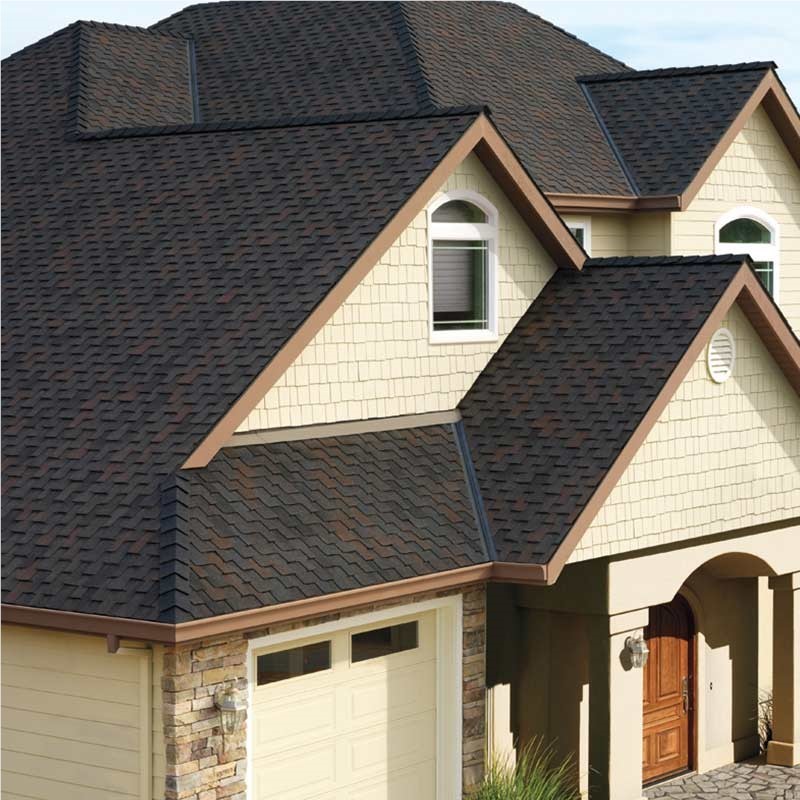
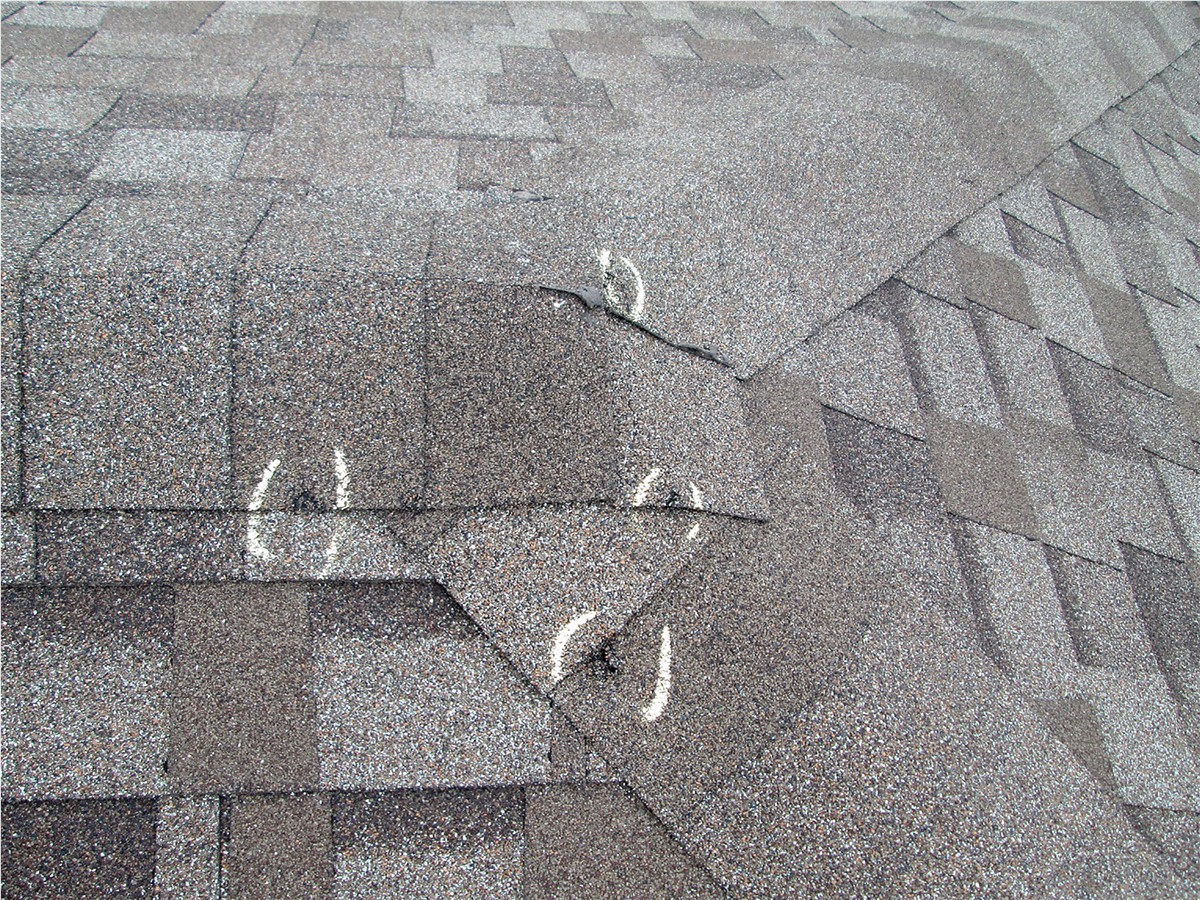
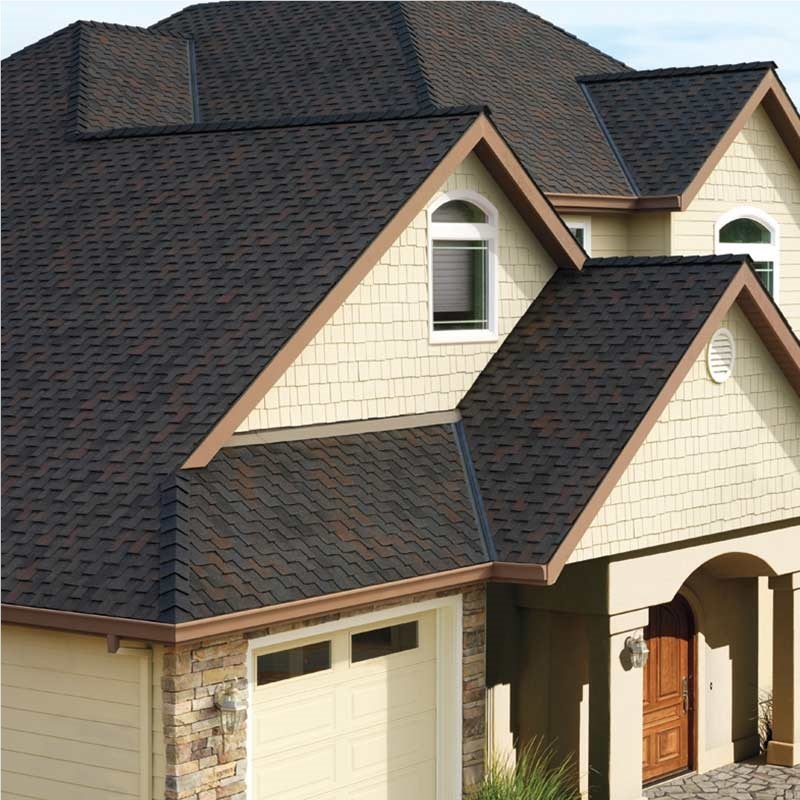
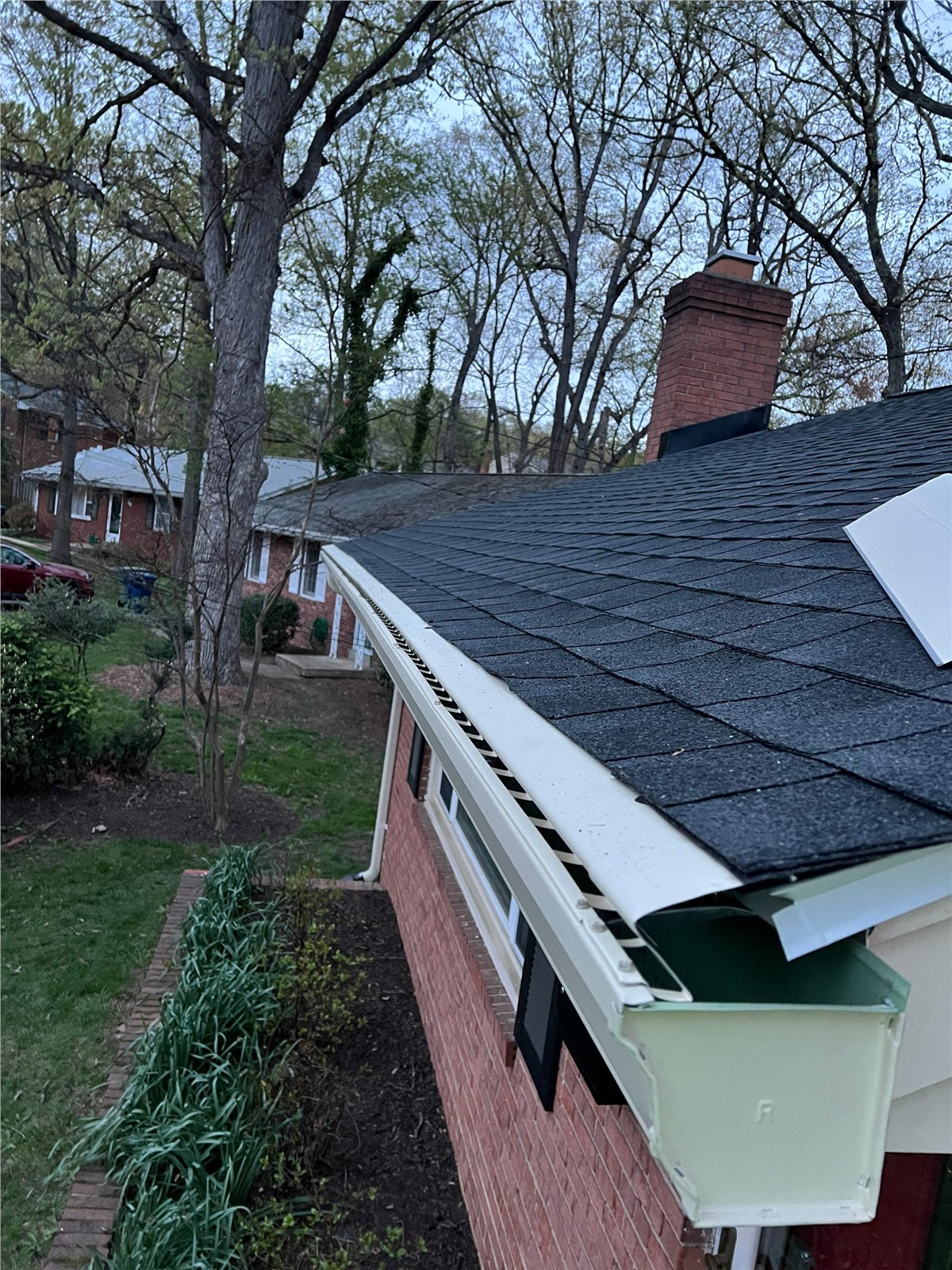
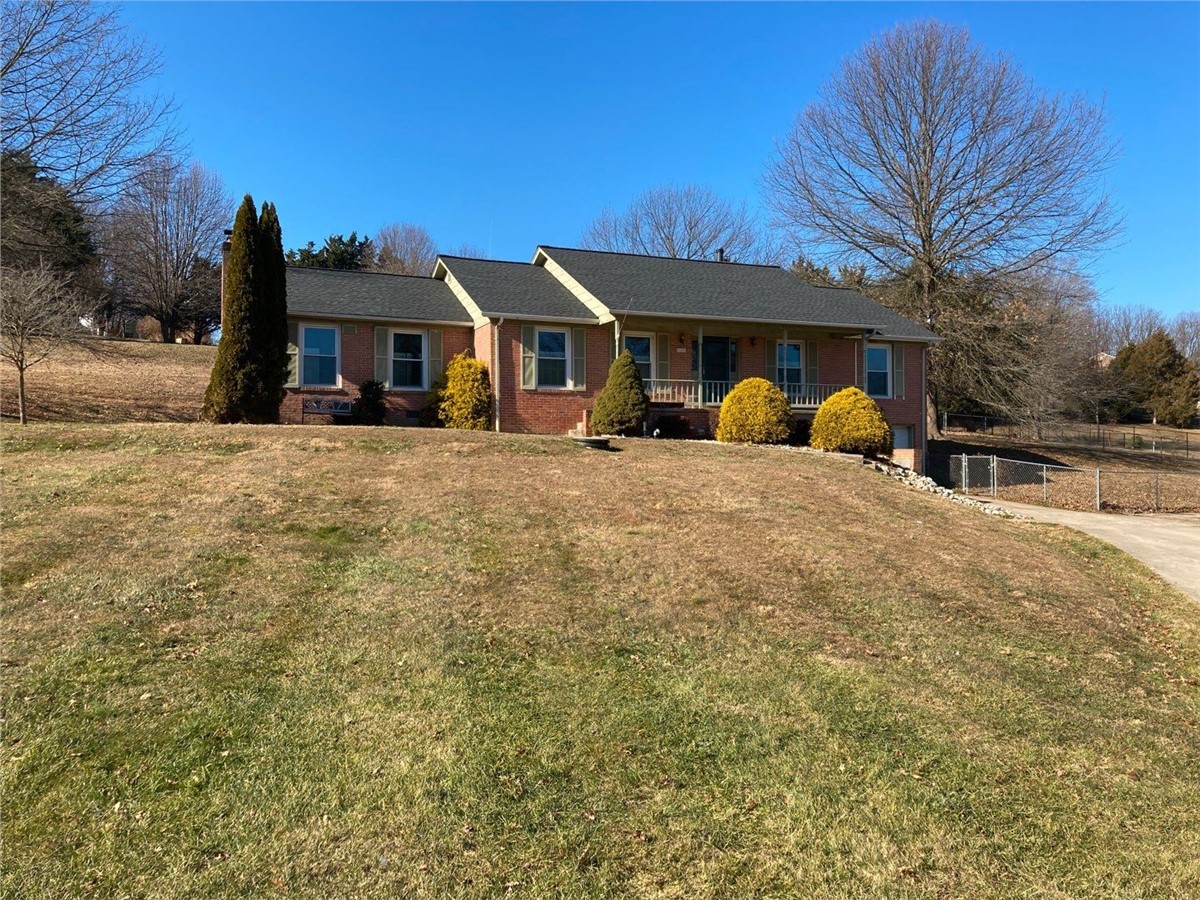
Comments